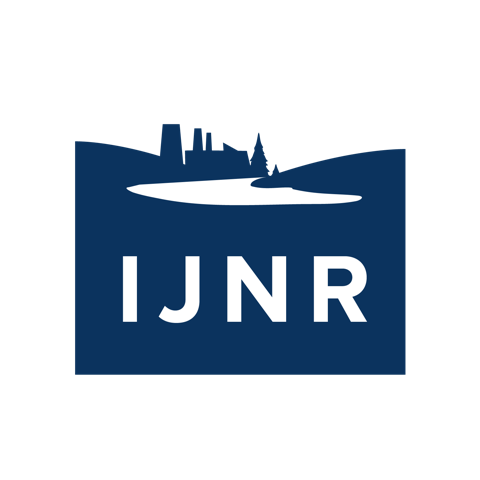Sagebrush Day 3
Rangeland Conservation, Oil & Gas Development, Habitat, and Robots
No sage grouse conservation effort is as far-reaching as the Sage Grouse Initiative. A project launched by the Natural Resources Conservation Service in 2010 and funded by the Farm Bill, the SGI helps fund and oversee conservation efforts in 11 western states. A partnership of agencies, ranchers, NGOs, universities and businesses, the SGI focuses on sustainable ranching in core sage grouse habitat. Wyoming has, far and away, the most of this habitat and is a big focus of national conservation strategies. One of those projects is the Sommers-Grindstone Conservation Project, which conserved 19,000 acres of sagebrush and critical wildlife habitat in Sublette County. The journalists heard from Tim Griffiths, national coordinator of the Sage Grouse Initiative, as well as representatives of the office of Governor Mead and a state representative - who also happens to be a cattle rancher in the area.
Following the morning session, the group headed out to spend the day in the nearby oil and gas fields. In 1993, the McMurry Oil company began drilling wells into the Jonah Field, a natural gas play 30 miles south of Pinedale. The gamble paid off, with the Jonah Field and, later, the nearby Pinedale Anticline turning Wyoming into a major player in domestic oil and gas. While an economic success story, it wasn’t so kind to sage grouse. Development flushed birds off of prime breeding habitat as well pads, roads and other infrastructure began dotting the landscape, eventually resulting in 1,600 wells in the Jonah Field alone. During our visit to the Jonah Field, we discussed historic impacts and modern-day attempts to create exchanges and offsets that will allow future development while also preserving habitat. The group also got first-hand, boots-on-the-ground access to see drill rigs and fracking operations in action.
Additionally, Fellows heard about the process and viability of habitat mitigation in these heavily disturbed areas. The BLM administers 30 million acres, or 48% of the surface lands in Wyoming, as well as 42 million acres of subsurface mineral rights. That puts most natural gas development under federal permitting and review, with the accompanying habitat mitigation guidelines. We had the chance to see some of Jonah Energy’s best management practices and to discuss how such mitigation keeps the door open to produce both more natural gas and more sage grouse.
We wrapped up the day with a presentation from Gail Patricelli, associate professor in the department of evolution and ecology at the University of California-Davis. She's studying sage-grouse, but the process sounds more like science fiction than straight science: Mating success at the lek is crucial for the survival of the species. However, scientists are still not sure what behavior helps males woo their female audience. To get to the bottom of this, scientists at the University of California have teamed up with the Cornell Lab of Ornithology and created the “henbot,” a robotic female grouse that will let them better observe and understand what makes a winning male display. The journalists got a chance to meet a henbot and see her in action (even if she was simply zooming around on the floor of the restaurant).
